According to a survey by the National Association of Business Economists, US GDP is estimated to growth by 8.5% annualized in Q2, much higher than March survey median forecast of 5.2%. The median real GDP growth estimate for the whole 2021 is 6.7%, compared to March forecast of 4.8%. Respondents expected inflation to accelerate strongly in 2021, before cooling in 2022. CPI is forecast to be 2.8% yoy in Q4, 2021. Core PCE inflation is expected to be at 2.2% in Q4 2021.
“NABE panelists expect near-term inflation pressure, but anticipate it being short-lived,” added Survey Chair Holly Wade, executive director, NFIB Research Center. “Inflation expectations moved up significantly from those in the March survey, but panelists anticipate inflation easing in the second half of 2021, with no resurgence in 2022.




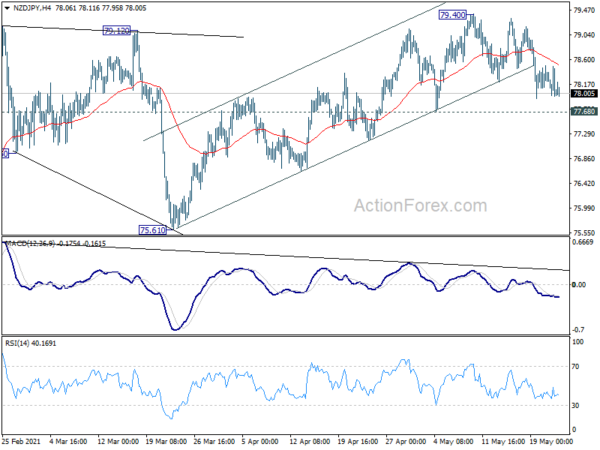
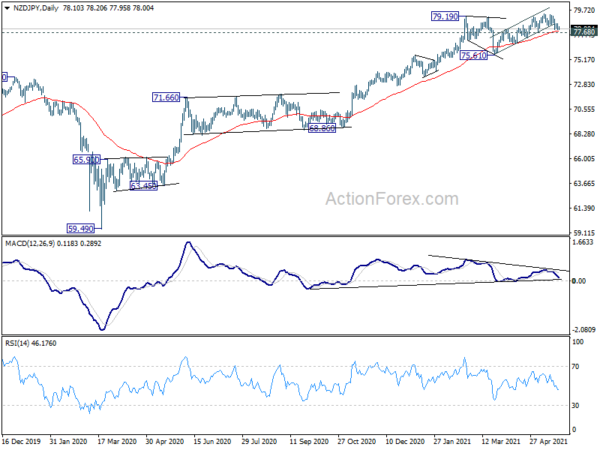
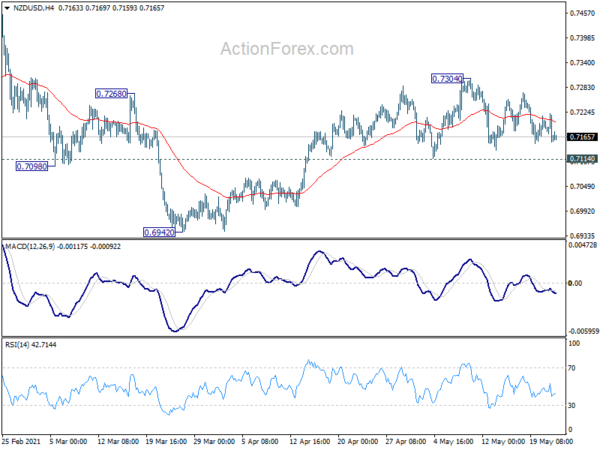
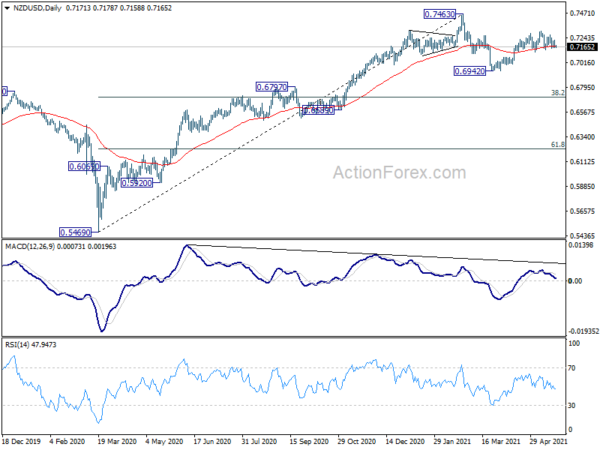
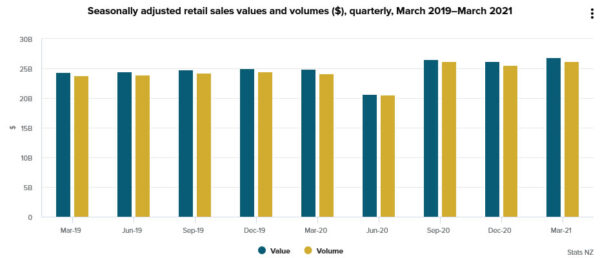
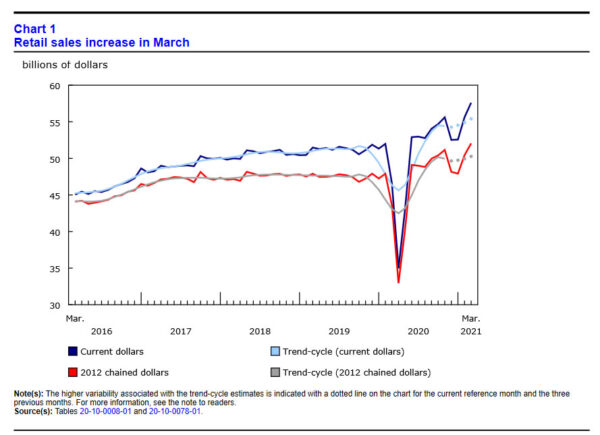
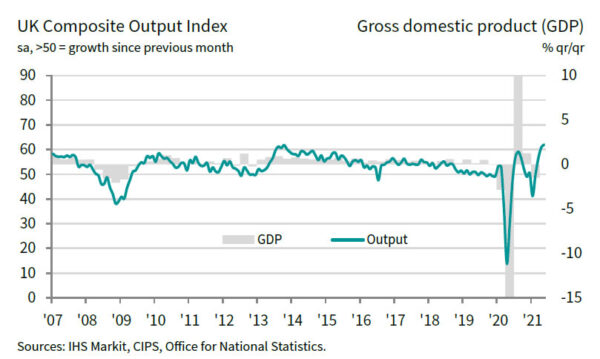
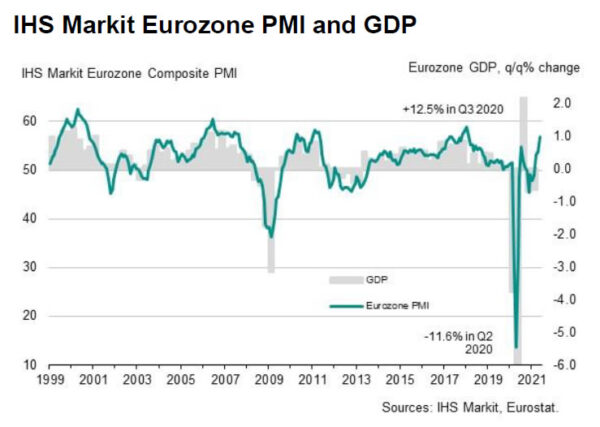
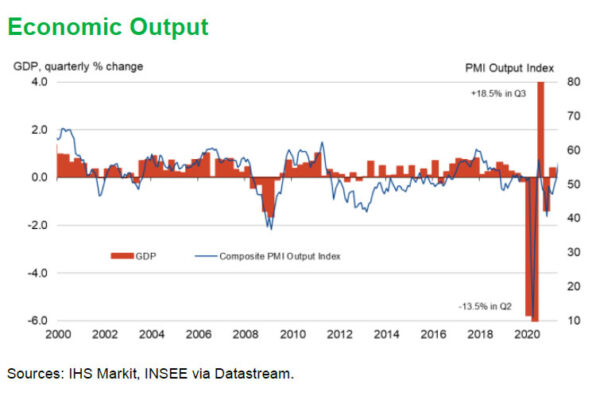
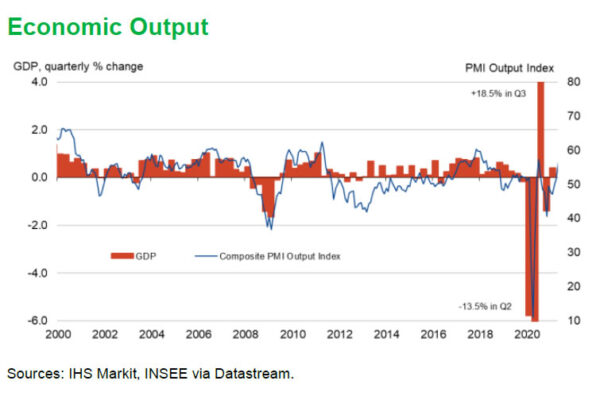
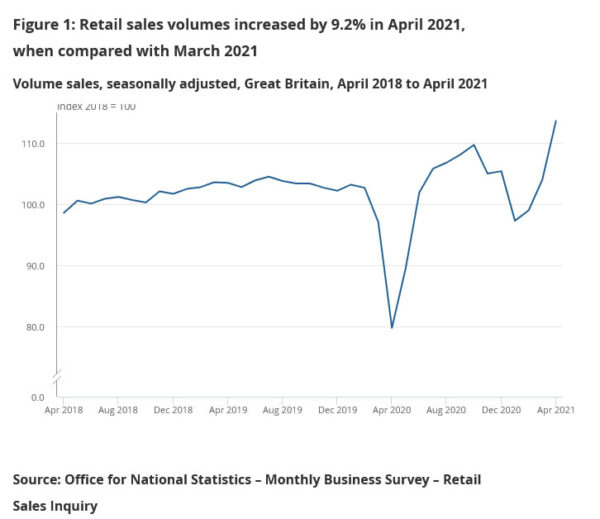
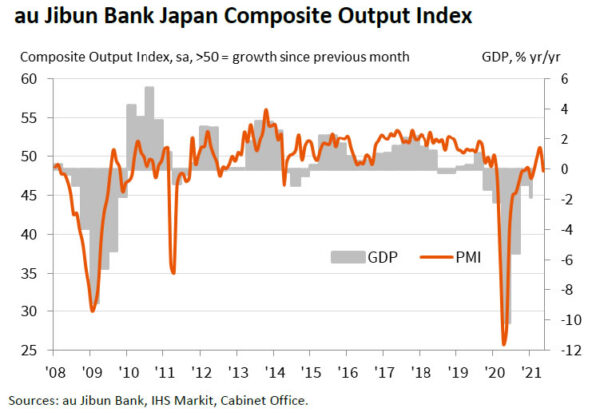
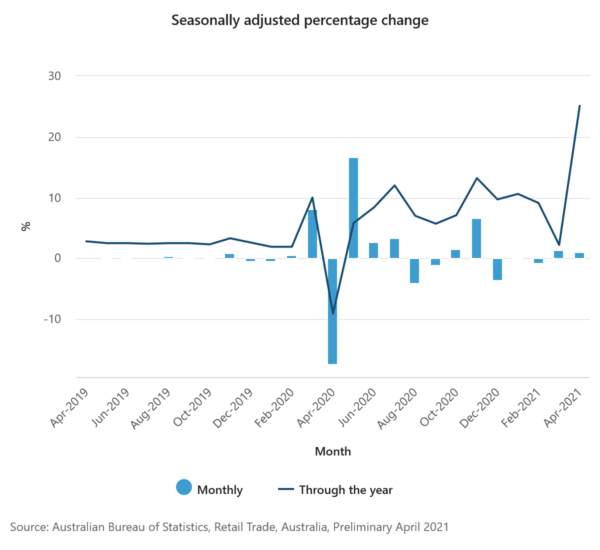
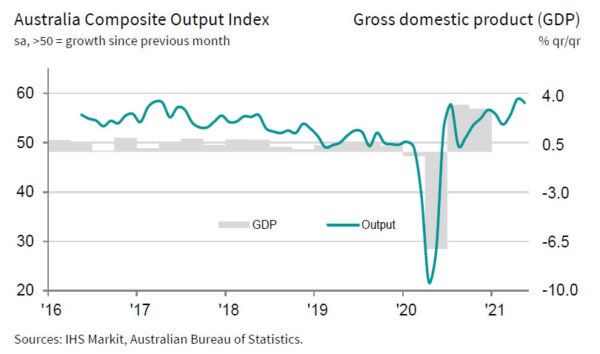
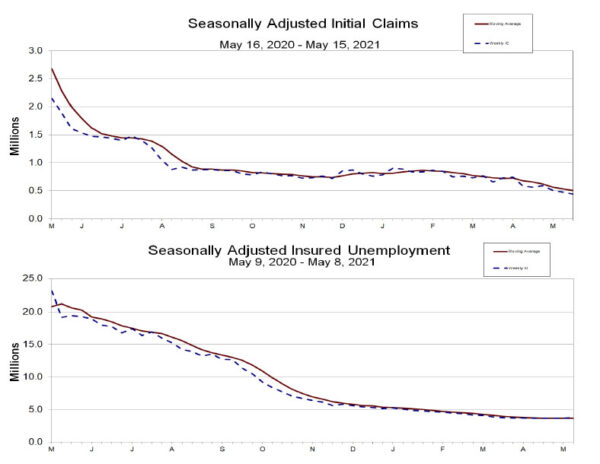
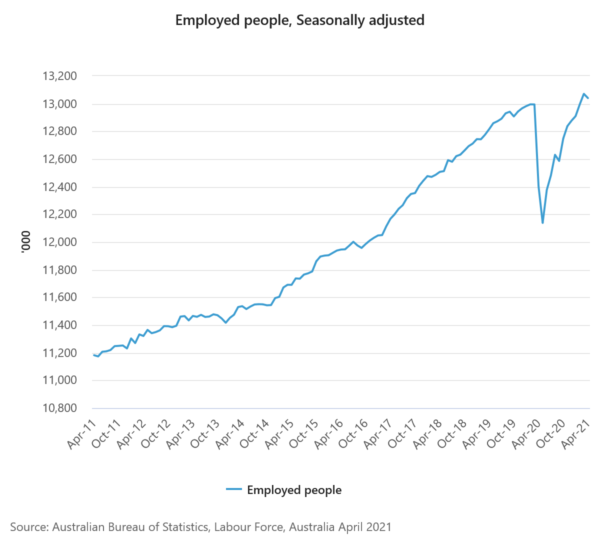

Fed Brainard: Fed is stepping up reaching and engagement on CBDCs
Fed Governor Lael Brainard said in a speech that “the pandemic accelerated the migration to contactless transactions and highlighted the importance of access to safe, timely, and low-cost payments for all.”
“With technology platforms introducing digital private money into the U.S. payments system, and foreign authorities exploring the potential for central bank digital currencies (CBDCs) in cross-border payments,” she added, “the Federal Reserve is stepping up its research and public engagement on CBDCs.”
Full speech here.